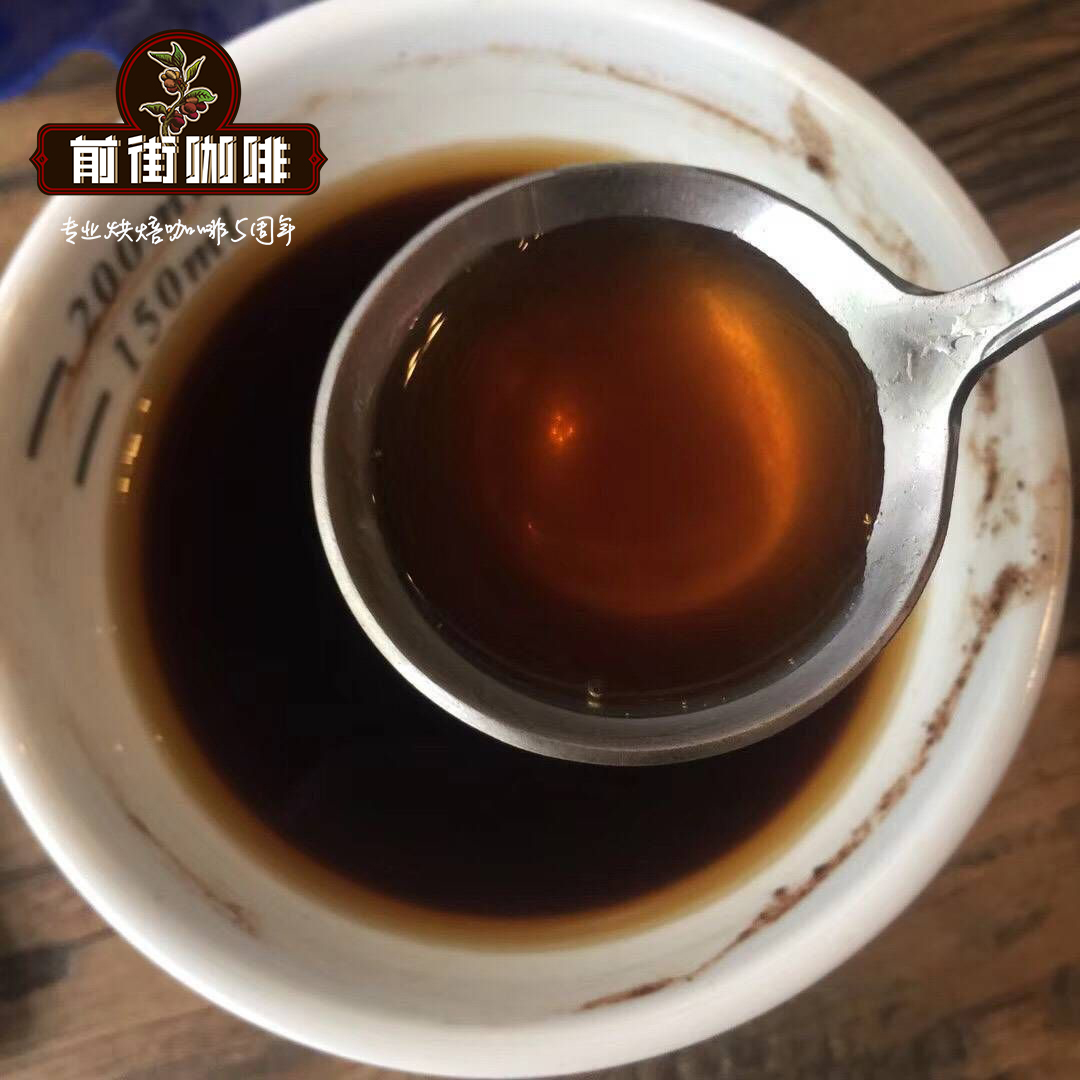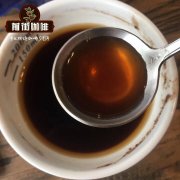How do you drink Tanzanian coffee? The characteristics of Tanzanian coffee

Professional coffee knowledge exchange more coffee bean information please follow the coffee workshop (Wechat official account cafe_style)
When it comes to coffee-producing regions in Africa, what countries do you think of? Is Ethiopia the earliest birthplace of coffee? Is Kenya famous for its sour coffee? Or Rwanda, which is famous for the floral and fruity aromas of coffee?
Tanzania is a typical East African country, bordering Kenya and Uganda to the north, Malawi, Mozambique and Zambia to the south, and Rwanda and Burundi to the west. When it comes to Tanzanian coffee, we must mention the coffee produced in Mount Kilimanjaro. Located in northeastern Tanzania, it is the highest mountain in Africa. As early as 1893, missionaries introduced bourbon coffee for planting. Extreme and unique climatic conditions are the treasure of growing coffee. Today, the coffee produced in Mount Kilimanjaro is definitely the best representative of Tanzania and accounts for 75% of the coffee production in Tanzania.
You may ask, what are the advantages or special conditions for the growth of Kilimanjaro coffee? This is because Mount Kilimanjaro is not only the highest mountain in Africa, but also a mountain formed after a volcanic eruption, making it the second largest crater in the world. You know, the soil of volcanic ash is an excellent nourishment for coffee beans. On the other hand, the volcanic soil of the Kilimanjaro mountain is fertile, weakly acidic and well drained, and the combination of climate and geology makes the coffee flavor rich.
In addition, Africa always gives the impression that the temperature is hot and the humidity is dry all the year round. This is really a big misunderstanding. Take Mount Kilimanjaro as an example. Although the temperature in the mountain can be as high as 59 degrees Celsius, the peak can be covered with snow all the year round, up to minus 34 degrees Celsius, so Mount Kilimanjaro is also known as the "equatorial snow peak." In terms of rainfall, the annual precipitation in the river valley can reach 800mm to 900mm; the mountains are cool and rainy, with an annual rainfall of 1600 to 1800 mm on the windward slope. Growing in the climatic and geographical environment provided by this "equatorial snow peak", one or two can guess how the flavor of coffee is particularly.
Tanzania's round beans are definitely the icing on the cake for coffee produced in Tanzania. People may ask: what is a round bean? What are flat beans? Isn't a coffee bean just a bean? Is there a difference between roundness and evenness? Here, it may be necessary to add some information in this respect.
First of all, the real body of coffee beans is the drupe of coffee cherries, which is a kind of seed and plant. Under normal circumstances, in a coffee berry, there will be half-divided flat bean coffee seeds. This is what we call coffee beans, the scientific name is flat beans (Flat beans).
The round bean (Peaberries) is actually a variety of coffee beans. The scientific name, also known as "caracol", "caracolillo", belongs to Spanish, which means little snail. Botanically, there are two possible reasons for the emergence of round beans: 1. Uneven pollination, 2. Nutrition is uneven in the process of growth. Rather than split into two seeds in half, the seed inside the plant does not split, so it presents a complete oval grain of an round bean. Is this common? Generally speaking, the yield of round beans is about 50% of that of flat beans. Round beans are also found in other coffee-producing countries in Africa, such as Kenya. But in the case of Tanzania, only about 5% to 10% of the fruits in local coffee production are in the shape of round beans. And the size of round beans is less than flat beans, in the process of treatment will also be screened by the net, separated from flat beans will be singled out for sale. Compared with flat beans, round beans are very rare and precious.
In terms of taste, the flavor of round beans is better, or that of flat beans is better? As a matter of fact, there is no conclusion on this, and many people are still discussing this issue. It is true that the emergence of round beans is a defect in the growth of coffee cherries, but some people think that it is reasonable that all nutrients are stored in smaller round beans, which concentrate more nutrients than ordinary flat beans, and have a more prominent flavor, sweeter and richer flavor.
If the flower smell of Ethiopian coffee is amazing, and Kenyan coffee is famous for its acidity, how to describe Tanzanian coffee?
Tanzanian coffee gives people the impression that it is so sweet and easy to taste, and it is won by the sweetness of non-sour, mild and varied chocolate, which often makes people think of it as a cup of high-quality Colombian coffee.
Qianjie recommends Tanzania coffee hand flushing parameters:
V60According to 1Plus 15 ℃ to 90 minutes / time two minutes
Qianjie coffee: Guangzhou bakery, the store is small but a variety of beans, you can find a variety of unknown beans, but also provide online store services. Https://shop104210103.taobao.com
Important Notice :
前街咖啡 FrontStreet Coffee has moved to new addredd:
FrontStreet Coffee Address: 315,Donghua East Road,GuangZhou
Tel:020 38364473
- Prev

How about Tanzanian coffee? Is the coffee bitter in Tanzania? Tanzanian coffee flavor?
For more information on coffee beans, please follow Coffee Workshop (Wechat official account cafe_style) East Africa is the producer of many fine coffees, including Kenya, Ethiopia, Rwanda and so on. Tanzania is another East African country that produces good coffee. Coffee is the largest crop in Tanzania, with about 450000 people engaged in coffee-related farmers.
- Next

Is the coffee bitter in Tanzania? The Tanzanian coffee maker suggested Tanzanian coffee.
Professional coffee knowledge exchange more coffee bean information please follow the coffee workshop (Wechat official account cafe_style) mention the coffee-producing regions in Africa, which countries do you think of? Is Ethiopia the earliest birthplace of coffee? Is Kenya famous for its sour coffee? Or Rwanda, which is famous for the floral and fruity aromas of coffee? Have you ever heard of Tanzanian coffee?
Related
- Detailed explanation of Jadeite planting Land in Panamanian Jadeite Manor introduction to the grading system of Jadeite competitive bidding, Red bid, Green bid and Rose Summer
- Story of Coffee planting in Brenka region of Costa Rica Stonehenge Manor anaerobic heavy honey treatment of flavor mouth
- What's on the barrel of Blue Mountain Coffee beans?
- Can American coffee also pull flowers? How to use hot American style to pull out a good-looking pattern?
- Can you make a cold extract with coffee beans? What is the right proportion for cold-extracted coffee formula?
- Indonesian PWN Gold Mandrine Coffee Origin Features Flavor How to Chong? Mandolin coffee is American.
- A brief introduction to the flavor characteristics of Brazilian yellow bourbon coffee beans
- What is the effect of different water quality on the flavor of cold-extracted coffee? What kind of water is best for brewing coffee?
- Why do you think of Rose Summer whenever you mention Panamanian coffee?
- Introduction to the characteristics of authentic blue mountain coffee bean producing areas? What is the CIB Coffee Authority in Jamaica?

